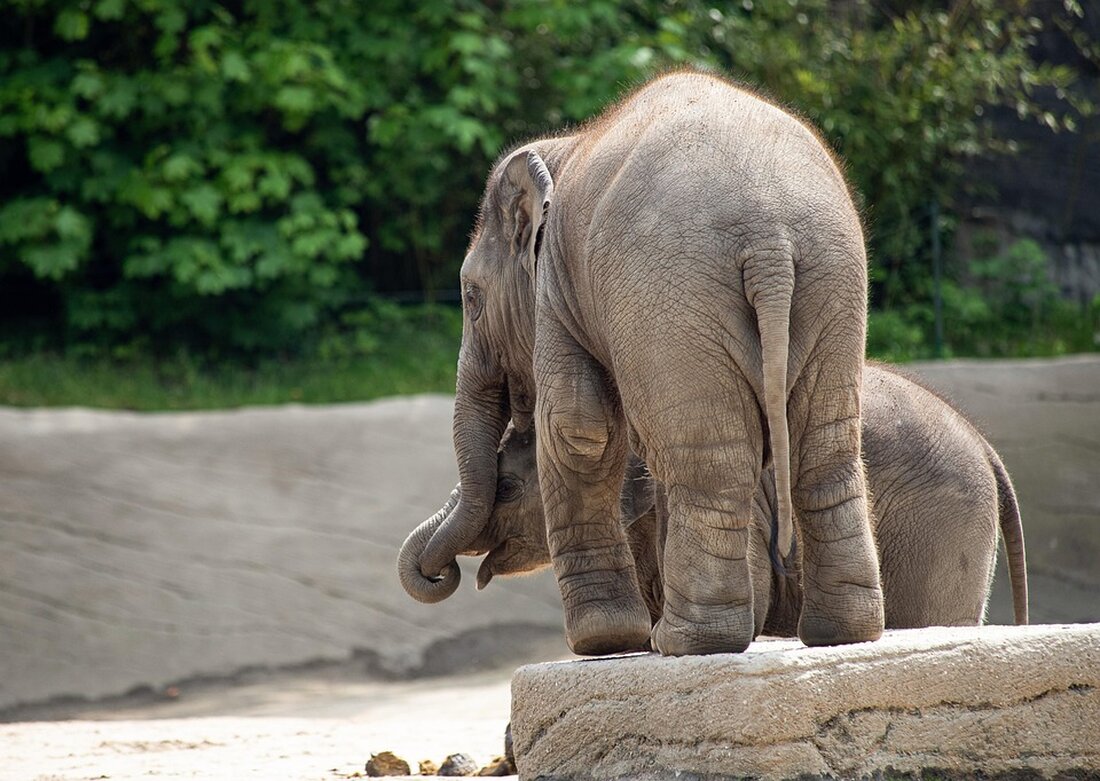Elephants in Thailand: Cultural heritage fights for survival!
Learn how elephants in Thailand, culturally significant, are suffering under pressure from tourism and environmental change and what initiatives are helping.

Elephants in Thailand: Cultural heritage fights for survival!
In Thailand, elephants are not only majestic animals but also cultural symbols. Tourists often interact with them, resulting in booming business within the growing tourism industry. These giant creatures even have their own letter in the Thai alphabet, known as “Khor Chang,” and are present in many place names and names. But despite their cultural importance, elephants face serious challenges in Thailand. The loss of their habitat due to human activities, the effects of climate change and more frequent extreme weather events are taking a toll on the animals. So reported derwesten.de that many elephants are fighting for survival.
A bright spot are the elephant camps, which look after the animals' well-being, nurture them and sometimes even release them back into the wild. A tourist visiting one of these camps had a remarkable encounter with a small elephant. The elephant approached her with his trunk raised, hugged her and took off her hat, which he later put back on her head.
The Elephant Village
In the Ban Ta Klang region, known as the “Elephant Village,” lives the Sri Somboon family, which has deep roots in elephant husbandry. The patriarch, Sri Somboon, owns several elephants himself and has learned a lot in his life about the traditional methods of elephant care. From the age of seven, he was instructed in the craft of mahout by his father, an elephant catcher. Today, as a middle-aged man, he has raised six elephants, five of which live in Ban Ta Klang and another who works at the camp in Pattaya.
Somboon calls his elephants “domestic elephants.” Next to his terrace, a two-month-old baby elephant plays happily with his mother. Another elephant, a three-year-old bull named Saeng Kaem, is being trained for shows and is making progress in painting - a popular skill in tourist presentations. In recent years, Saeng Kaem has been sold for $80,000, which is considered the average price for a young, trained elephant in Thailand. When he is ready, he will be employed at a tourist camp further south.
Challenges in elephant training
However, the elephant training methods used in many camps raise lucid questions about ethics and animal welfare. Young elephants are usually separated from their mothers around the age of two. While the baby is locked away, the mother is tied to a tree. An elephant hook is used to teach the animals basic commands. This process often involves brutal methods, such as tying up the animals' front legs to place them in certain positions or pulling on the rope while a mahout uses the hook on the elephant's back. Despite these practices, elephants are often viewed as part of a traditional culture that is increasingly being questioned in the modern world nationalgeographic.de reported.
The existing traditions surrounding elephant keeping in Thailand are a reflection of the balance between cultural heritage and responsibility towards these impressive animals. The fate of elephants depends on sensitive treatment of their welfare and the answering of fundamental questions about the ethics of animal husbandry.

 Suche
Suche
 Mein Konto
Mein Konto